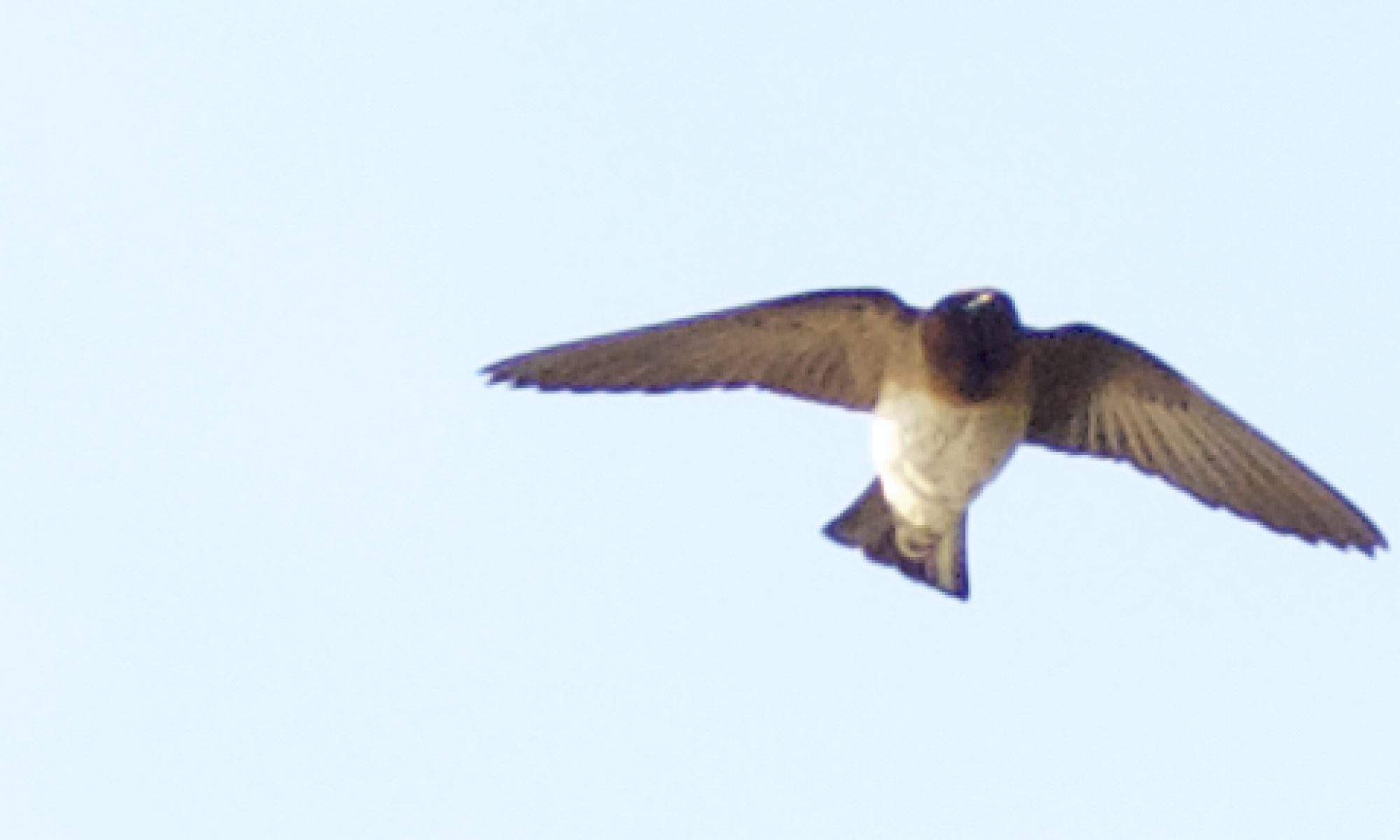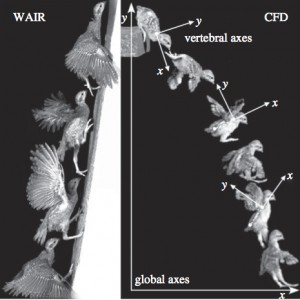The evolutionary origin of avian flight
For well over a century, scientists have argued about the evolutionary steps between flying birds and their dinosaur ancestors, in essence fighting over the question “What use is half a wing?” Without known living “missing links”, some of the proposed hypotheses were quite creative. It turns out that there are many examples of birds flapping wings, which aren’t capable of flight, but which can produce useful aerodynamic forces. For example, we found that many species of ground birds (birds like partridges and turkeys) can run up steeper inclines when they flap their wings. In baby birds, wings and muscles that can only produce 1/10 of the force needed to fly are the difference between struggling to walk up a 60 degree incline and quickly scaling a 70 degree incline – which could be the difference between becoming a predator’s lunch or surviving. Those flapping wings also help the bird slow and control its descent when it leaps off of whatever it just ran up. Every day, as their wings get a little bigger and their muscles get a little stronger, these developing birds can run faster up steeper inclines and extend their flapping descents. If baby birds can benefit from these little wings, then so might have pre-avian dinosaurs, as claimed in our ontogenetic transitional wing hypothesis.
Variation of unsteady flight behaviors
When humans “fly” (in planes), we usually think about flying at a cruising speed and altitude, but every flight starts with a take-off and ends with a landing. Most of the year, most birds don’t cruise, but rather make frequent short flights, and therefore perform many take-offs and landings. These low-speed maneuvers, with incredible accelerations or decelerations and sometimes turns, are inherently unstable and energetically costly. They are incredibly difficult to study, yet have probably played a significant role in the evolution of bird bodies. My students use GoPro or other high speed cameras to record wild birds and capture natural take-off and landing behaviors, usually at bird feeders. Using software I developed with collaborators, we can reconstruct the three-dimensional movement of the birds. Students address questions about the effects of competition between individuals, or substrate flexibility, while others are interested in comparing behaviors among species.
Movement based quantification of animal behavior
Most animal behavior studies ask questions about patterns of animal movement, and yet the movement is coarsely quantified. In multiple collaborations, I use three-dimensional tracking techniques to provide rigorous quantification of animal behavior. Currently, we’re using these techniques to measure the effects of collision avoidance systems for birds, and invasive species dynamics in crawfish, two important areas of conservation biology.
@DeepLabCut pretty good for 2 hours of training on colab on 19 images, and without any refinement or filtering. THANK YOU @TrackingActions @TrackingPlumes @jessy_lauer! This speed is HUGE for undergraduate research. #DeepLabCut #multianimal pic.twitter.com/ce8V7owFz8
— brandon jackson (@backyardbiomech) May 24, 2020


